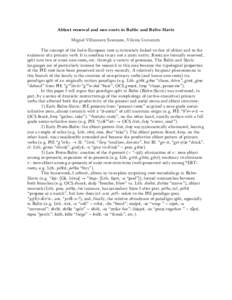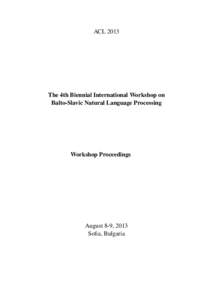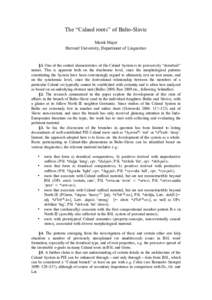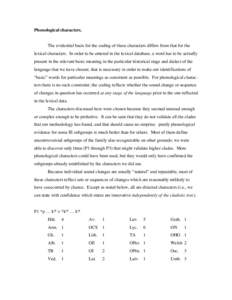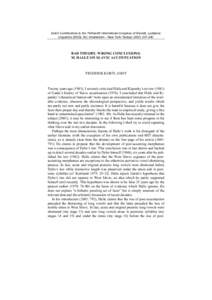<--- Back to Details
| First Page | Document Content | |
|---|---|---|
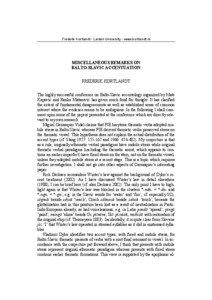 Date: 2012-09-25 04:48:10Balto-Slavic languages Croatian language South Slavic languages Sound laws Proto-Balto-Slavic language Laryngeal theory Lithuanian language Vladimir Dybo Studies in Slavic and General Linguistics Languages of Europe Ethnic groups in Europe Linguistics |

